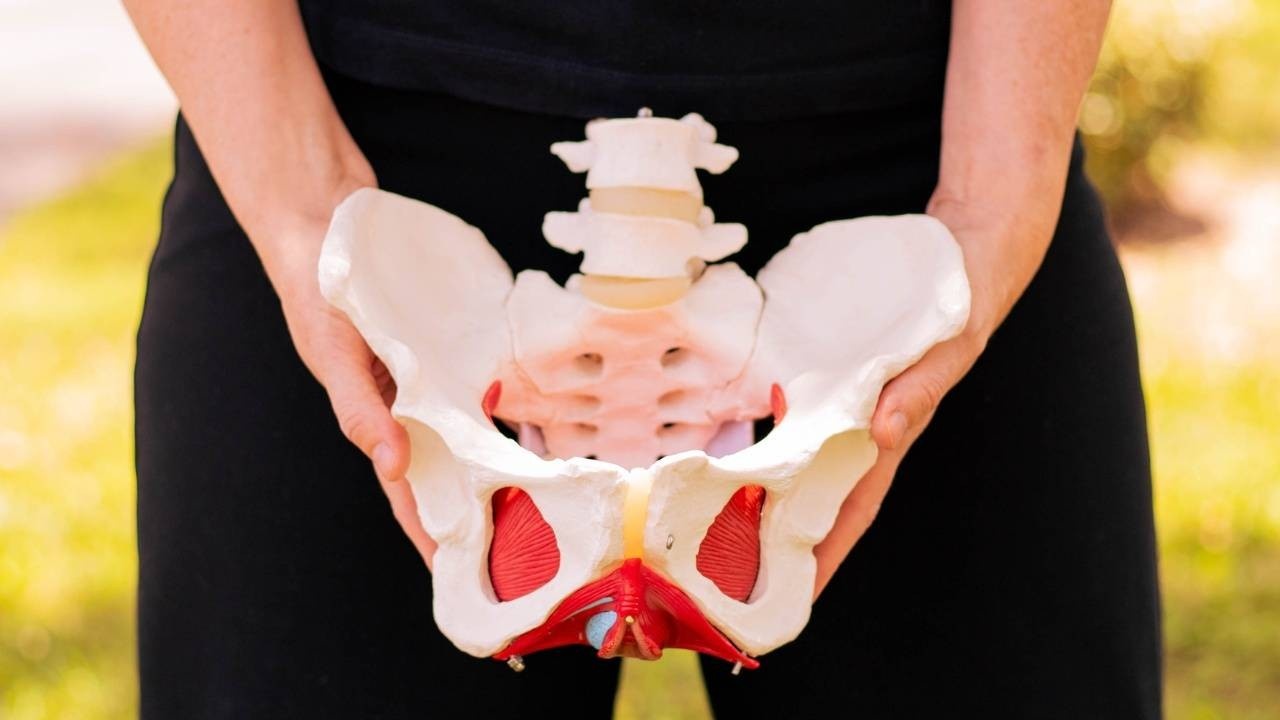What is Pelvic Floor Physical Therapy?
Mar 05, 2023
Pelvic Floor Physical Therapy is an effective, conservative, and holistic approach to overcoming pelvic floor problems without medication or surgery.
Do you leak urine a little bit? A lot? Do you feel like you're always in the bathroom or have you stopped going out with friends or family because you're worried you may have an accident?
Do you avoid running or jumping, especially on trampolines? Is sex painful? Do you strain more often than not for #2? Are you pregnant and looking for guidance about exercise through pregnancy? Or are you experiencing low back/hip/abdominal pain during pregnancy? Want to learn all about push prep for delivery and recover smoothly from delivery whether vaginal or c-section?
Are you recovering from prostatectomy and dealing with urinary issues you never thought you'd ever have to deal with?
All of these things and more can be treated with pelvic floor physical therapy.
The term pelvic floor gets confusing. No, this doesn't mean you'll be sitting or lying on the floor for each session. Get that idea out of your mind! Since the muscles in the pelvis are located at the bottom of it, they have been termed "pelvic floor" hence the name: pelvic floor physical therapy.
Most pelvic floor physical therapists take advanced classes and are specially trained to physically assess the muscles of the pelvis through the vagina and/or rectum. The internal assessment is key to knowing exactly what you need in particular to help with the symptoms you are seeking pelvic floor physical therapy for BUT therapy can be effective without the internal assessment. Do not let that stop you from going and getting the care you need!
The functions of the pelvic muscles include:
-
support for pelvic organs (bladder, rectum, uterus, vagina, urethra, prostate)
-
sphincteric control (opening and closing to allow for control of urination and defecation)
-
stability (help provide stability to the spine)
-
sexual (assist in sexual pleasure, arousal, orgasm)
-
posture and breathing (the pelvic floor and the breathing diaphragm work in sync with each other)
-
lymphatic fluid movement (use and movement of the pelvic floor muscles and structures help keep lymphatic fluid moving through our systems)
Pelvic PT can help you prevent and recover from:
-
urinary incontinence, frequency, and urgency
-
fecal incontinence, constipation
-
pain with sex
-
vaginismus
-
pelvic organ prolapse
-
interstitial cystitis
-
pain in the pelvis, hips, abdomen, low back, etc
-
pain and symptoms due to endometriosis
-
pregnancy wellness/exercise
-
postpartum wellness/exercise
-
diastasis recti
-
and more
Most everyone I work with wishes they had started pelvic PT sooner.
It’s never too late to get started with pelvic PT.
You can contact me to ask a question or schedule an appointment by clicking here
To find a pelvic floor physical therapist or other related healthcare practitioner in your area, click here.
Here’s to embracing health, wellness, and physical therapy,
Dr. Christine Klein, PT, DPT, WCS, PCES, NASM-CPT
Ready to schedule an appointment? Click below to get started today.
Get my Guide to Better Bladder and Bowel Health plus information about peri and postmenopause by signing up below!
Don't worry, your information will not be shared and you can unsubscribe at any time! (But why would you want to? :)


